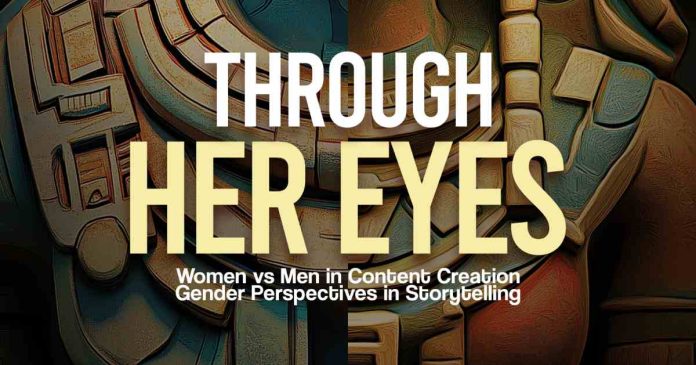Gender Perspectives in Storytelling
How do men and women perceive and portray stories differently? Is there a difference, or is it just makeup vs football on our feeds? Or maybe, just maybe, it’s about who gets to tell the story in the first place.
Virginia Woolf didn’t invent a writing style; she simply wrote how she thought. Writers now call that particular style stream of consciousness. A raw, unfiltered flow of thoughts that jumps from one idea to the next with the same unpredictability as the human mind.
And if we’re talking about who mastered this literary free fall, women led the charge. Margaret Atwood and Nadine Gordimer captured the depth of inner experience, often in ways male authors hadn’t.
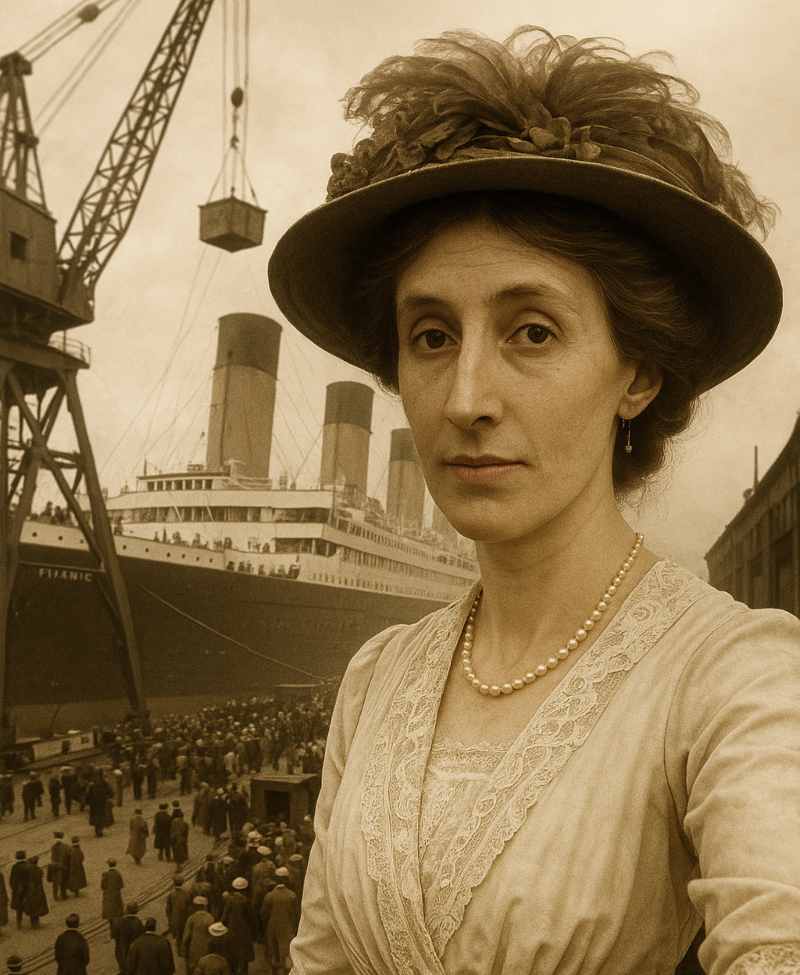
Even Jane Austen, long before the term existed, played with internal monologues that let readers slip directly into her characters’ minds. Stream of consciousness is less of a writing technique and more of an untamed, mental rollercoaster, no structured sentences or carefully curated thoughts, just utter mayhem of the human psyche spilling onto the page.
It’s how we actually think: fragmented, messy, darting from the profound to the ridiculous in a single breath. One moment, you’re contemplating the meaning of existence, and the next, you’re wondering if you left the stove on. It’s not always easy to follow, but then again, neither is the mind itself.
Men, on the other hand, write like they’re building a house; drawing straight lines, laying solid foundations, placing everything exactly where it’s supposed to be. They structure their thoughts with authority and precision, as if they’ve already processed them long before putting pen to paper.
No meandering, no existential spirals, just direct, logical storytelling with a clear beginning, middle, and end. Take Ernest Hemingway, for example. He stripped his writing down to the essentials. Short, sharp sentences, emotionally restrained. Filled with action, consequence, and the occasional drink.
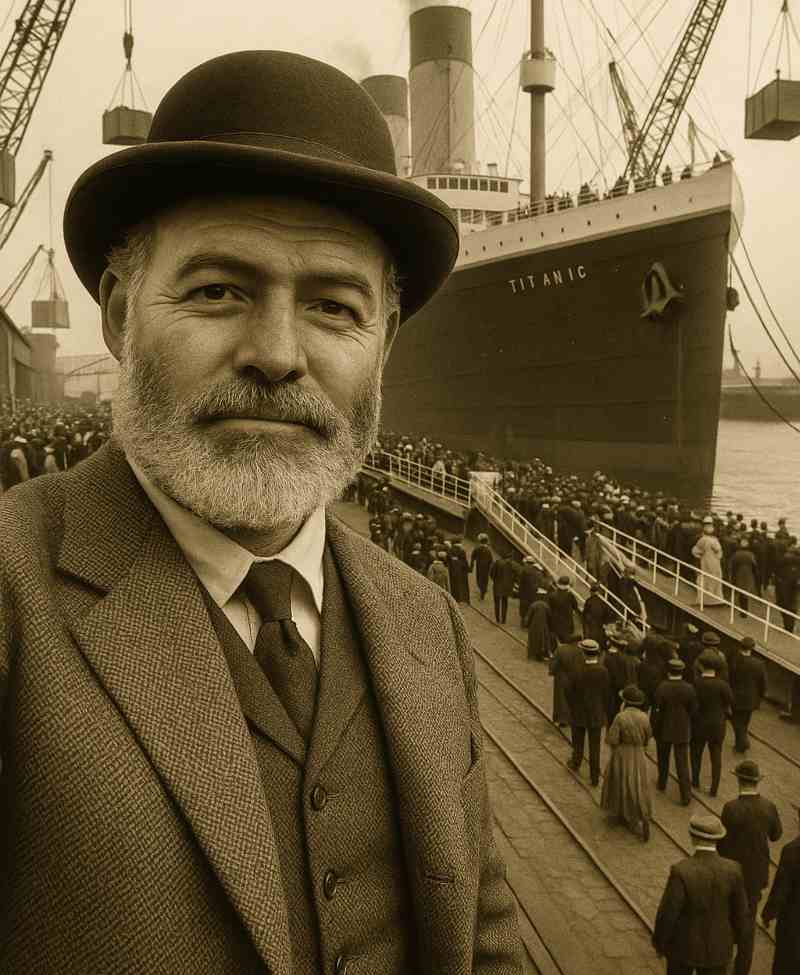
George Orwell wrote his prose like a well-argued debate; clear, precise, and ruthlessly efficient, leaving no room for ambiguity. Even F. Scott Fitzgerald, for all his lyrical flourishes, keeps a firm grip on his storytelling. His characters might unravel, but the narrative never does.
While women’s writing often mirrors the beautifully chaotic nature of thought itself, men’s writing feels more like a finished product: structured, polished, and ready for consumption. Less “come get lost in my mind” and more “here’s what you need to know.”
The writers we discussed existed long before the internet, before content creation became a legitimate career, and before we all started treating our phones like life support. But the way men and women wrote back then still shapes how we create and consume content today.
Women’s content tends to mirror the stream of consciousness: personal, chaotic, and unfiltered. They create what they would enjoy, using social media as an extension of their lives rather than just a tool. Social media, for them, leans heavily towards connection and self-expression.
Just look at trends like DIML (Day in My Life), GRWM (Get Ready with Me), and SAMWM (Spend a Morning with Me), intimate, real, and a little all over the place, much like Virginia Woolf’s stream of consciousness. It pulls you into their world, no polish required.
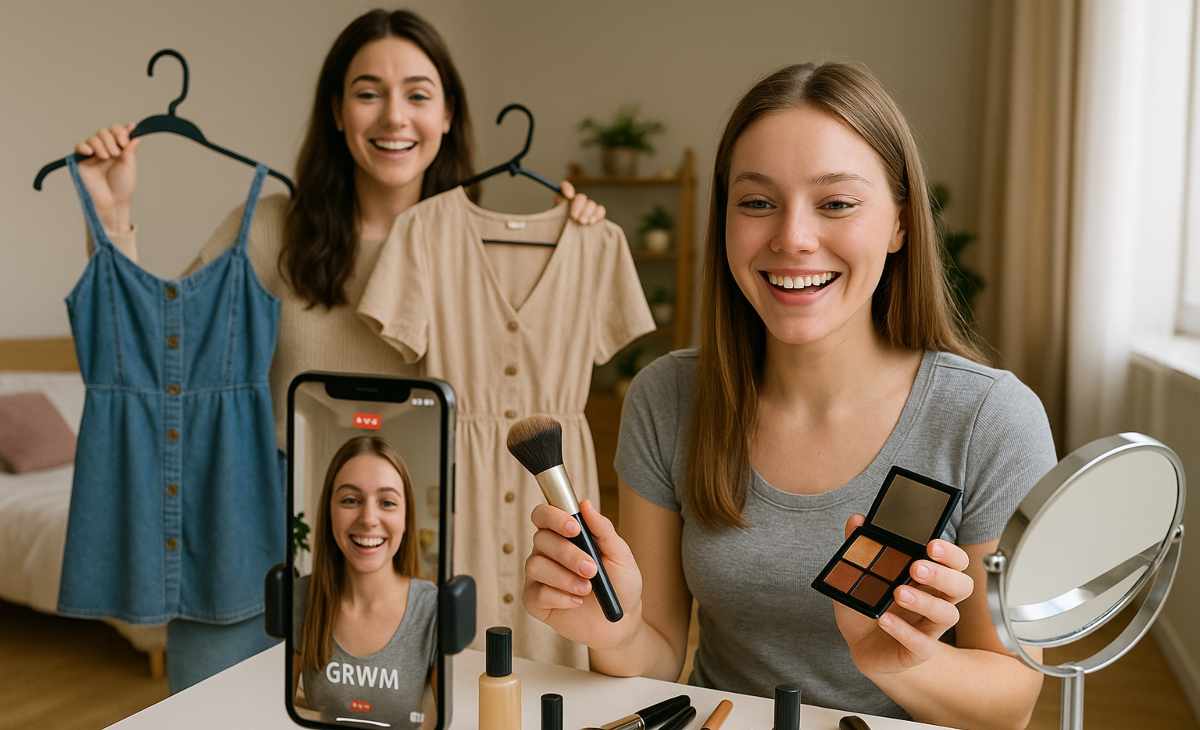
Men, on the other hand, tend to create and consume with purpose. They structure their content to inform and explore ideas. Everything from finance, tech, philosophy, or history. Topics are often grounded in knowledge or utility. The goal isn’t to invite you into their mind but to present conclusions, lessons, and frameworks.

They don’t just document life as it happens; they package information in a way that serves a function. Despite living in an era of infinite content, the core differences remain. Women invite you into their narrative; men give you something to take away. One is about being, the other about building.
And while the mediums have changed, the instinct behind storytelling has stayed exactly the same. So, while we’ve swapped ink and parchment for screens and reels, the way we tell and consume stories hasn’t changed all that much.
Men and women don’t just consume digital advertising differently; they experience it differently. While individual preferences may vary, broad trends show that men tend to gravitate towards bold visuals, content full of action, and ads that highlight product specs or competitive advantages.
Women respond more to storytelling, emotional appeal, and ads that demonstrate how a product would fit into their lives. Humour resonates with men, while women are drawn to ads that invoke nostalgia, empathy, or happiness. Trust and authenticity matter across the board; nobody wants to feel manipulated.
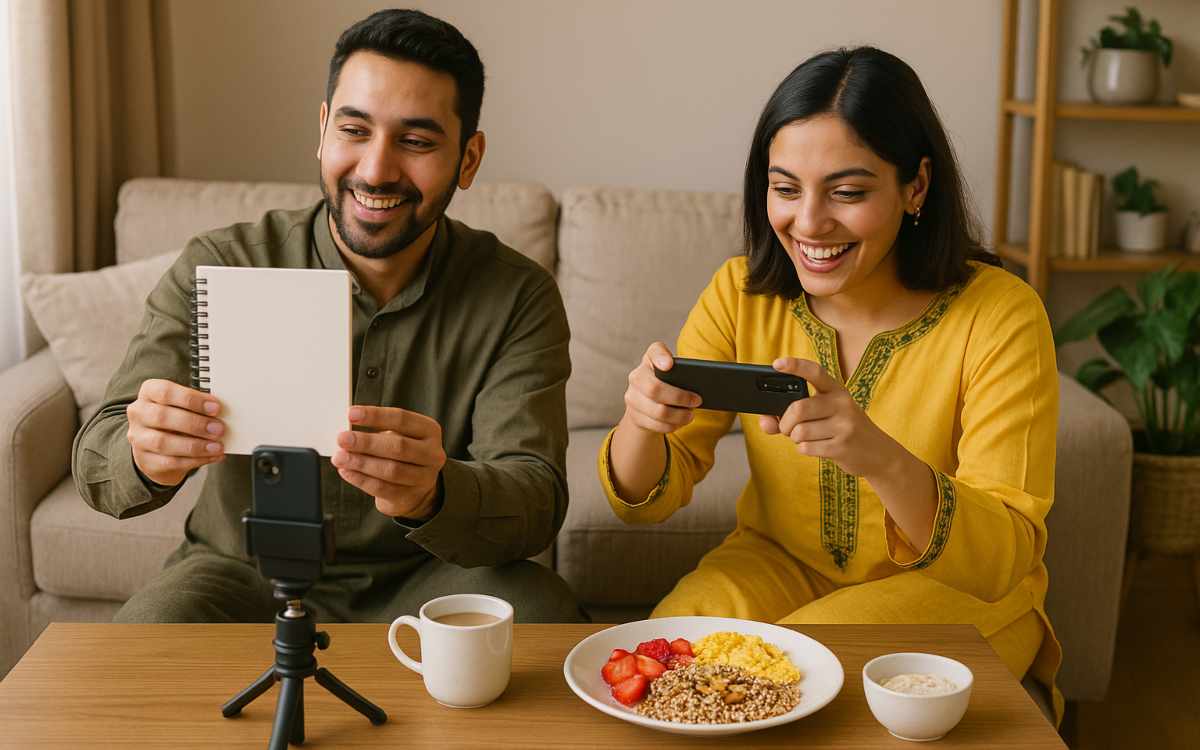
In Pakistan, the internet isn’t just divided by algorithms; it’s divided by gender. While women around the world are outscrolling men, here, the digital space is still very much a boys’ club. Men make up 59% of internet users, while women trail behind at 41% (Gallup Pakistan Report, Flare). And it’s not just about preference, it’s about access.
Issues like affordability, education, and, of course, cultural barriers keep women offline. In rural areas, the gap is even wider, only 23% of women have internet access compared to 43% of men (World Pulse on Digital Inclusion).
Mobile internet tells the same story—just 19% of women use it, compared to 37% of men (Internet Freedom Analysis, Asad Jan). Social media is no different. While women globally are taking over platforms like Instagram and TikTok, in Pakistan, men dominate Facebook, making up 77% of the user base (Bloom Pakistan).
That’s not just a statistic; it’s a reflection of who gets to be part of the digital conversation. Less online presence means fewer opportunities for women to access information, build networks, or even just exist in the ever-expanding digital world.
While women around the world shape digital culture, create trends, and redefine content, Pakistani women remain on the outside, looking in. Until that changes, the conversation about how men and women consume and create online content won’t just stay incomplete; it’ll stay one-sided.
Despite all the ways we’ve evolved, the core of how men and women tell stories hasn’t really changed. Women still create like they think; fluid, introspective, and full of detours. Men still structure, build, and package their narratives into something neat and final. Both styles have their place, but let’s be honest, people have always taken one more seriously than the other.
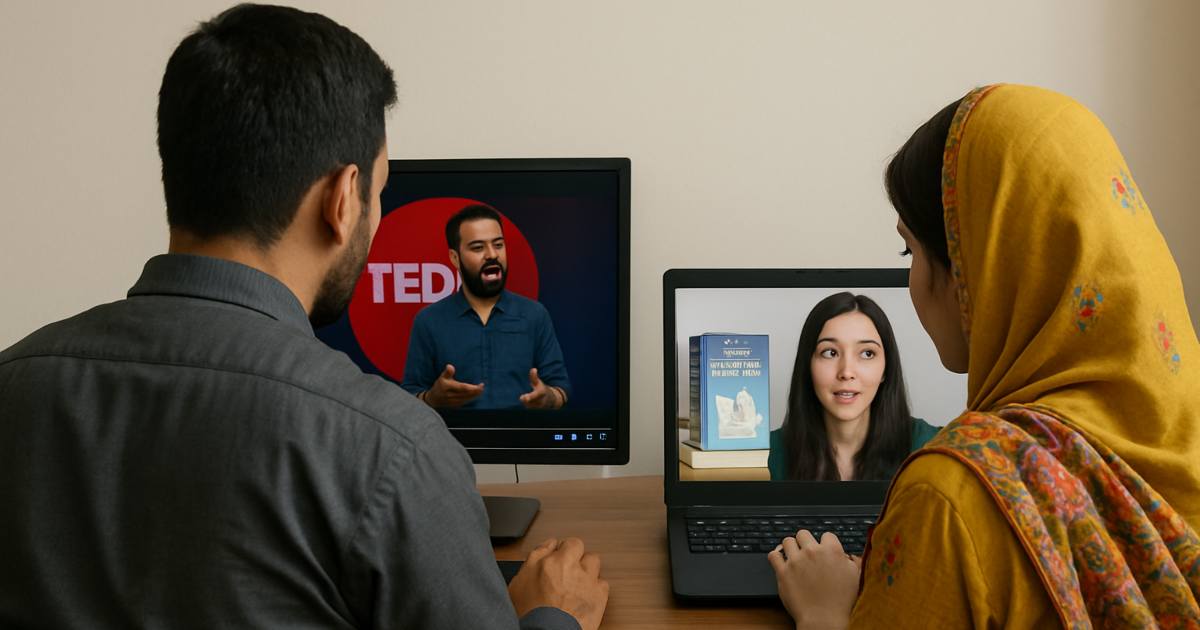
The internet promised to be the great equaliser, giving everyone a voice. And in many places, it has. Women have taken over social media, set trends, and built entire digital spaces that reflect how they see the world.
But in Pakistan, the gap isn’t just in numbers; it’s in opportunity. When fewer women have access to the internet. They’re not just missing out on entertainment; they’re missing out on conversations, connections, and chances to tell their own stories.
So maybe the real issue isn’t how men and women create content differently. It’s about who actually gets to create it. Until more women can claim their space online, we’re stuck listening to only half the story. And that’s a loss for everyone.

